 A legislative fix to revamp Pennsylvania’s struggling electronics recycling program isn’t going to cut it, according to a group of five recycling stakeholders in the state.
A legislative fix to revamp Pennsylvania’s struggling electronics recycling program isn’t going to cut it, according to a group of five recycling stakeholders in the state.

 A legislative fix to revamp Pennsylvania’s struggling electronics recycling program isn’t going to cut it, according to a group of five recycling stakeholders in the state.
A legislative fix to revamp Pennsylvania’s struggling electronics recycling program isn’t going to cut it, according to a group of five recycling stakeholders in the state.
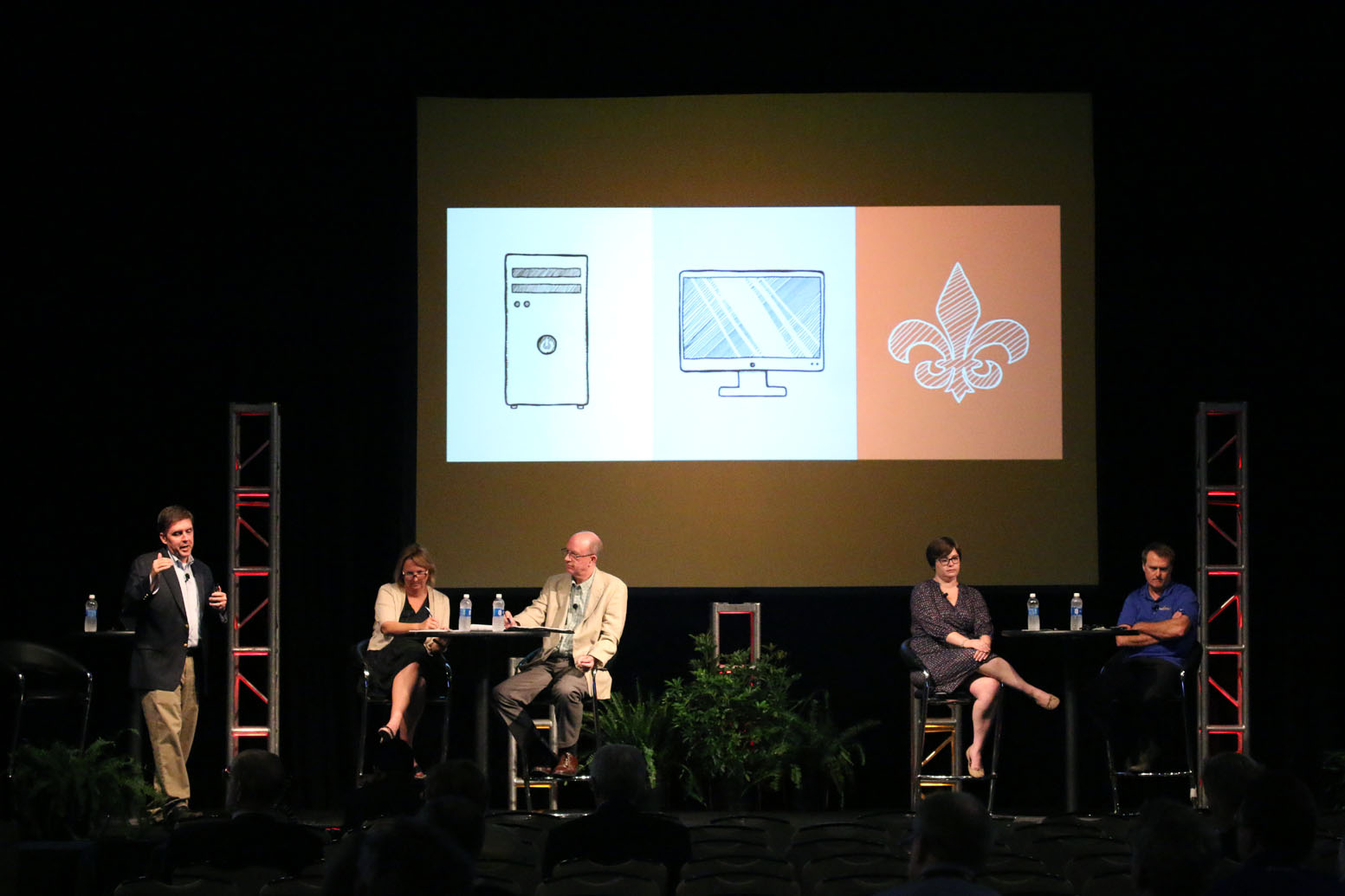 Representatives from major electronics manufacturers took to the stage at last week’s E-Scrap 2016 conference. They detailed efforts to create more sustainable devices and also took aim at some requirements of state electronics recycling programs.
Representatives from major electronics manufacturers took to the stage at last week’s E-Scrap 2016 conference. They detailed efforts to create more sustainable devices and also took aim at some requirements of state electronics recycling programs.
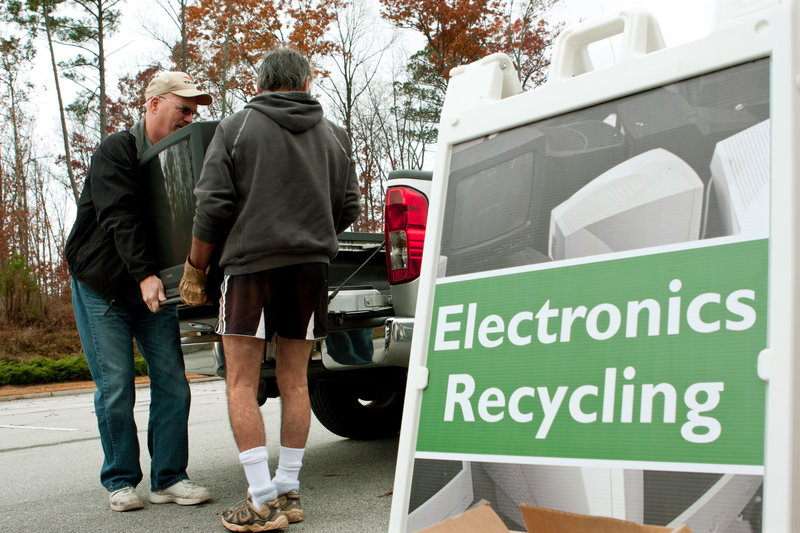 Debate over state electronics recycling laws has reached new heights in recent years, and the original equipment manufacturers (OEMs) that help fund the programs have been at the center of the discussion.
Debate over state electronics recycling laws has reached new heights in recent years, and the original equipment manufacturers (OEMs) that help fund the programs have been at the center of the discussion.
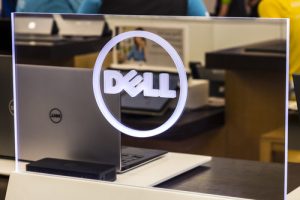 Dell has more than doubled its annual usage of e-plastics collected through its supply chain since beginning the effort two years ago, according to the electronics manufacturer’s 2017 corporate responsibility report.
Dell has more than doubled its annual usage of e-plastics collected through its supply chain since beginning the effort two years ago, according to the electronics manufacturer’s 2017 corporate responsibility report.
 Whenever Apple indicates a new product release, device-recovery firms join in on the wider consumer market chatter. But in the runup to this fall’s release of the next iPhone, the recycling and repair buzz – and anxiety – is even more charged than normal.
Whenever Apple indicates a new product release, device-recovery firms join in on the wider consumer market chatter. But in the runup to this fall’s release of the next iPhone, the recycling and repair buzz – and anxiety – is even more charged than normal.
 Fearing a veto from the governor, Illinois stakeholders are attempting to iron out last-minute changes to legislation that would reshape the state’s e-scrap law by requiring manufacturers to fund recycling of all covered material collected through the program.
Fearing a veto from the governor, Illinois stakeholders are attempting to iron out last-minute changes to legislation that would reshape the state’s e-scrap law by requiring manufacturers to fund recycling of all covered material collected through the program.
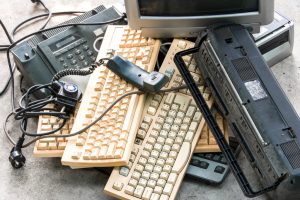 Computer giant Dell says it is closing in on its goal of collecting 2 billion pounds of used electronics by 2020.
Computer giant Dell says it is closing in on its goal of collecting 2 billion pounds of used electronics by 2020.
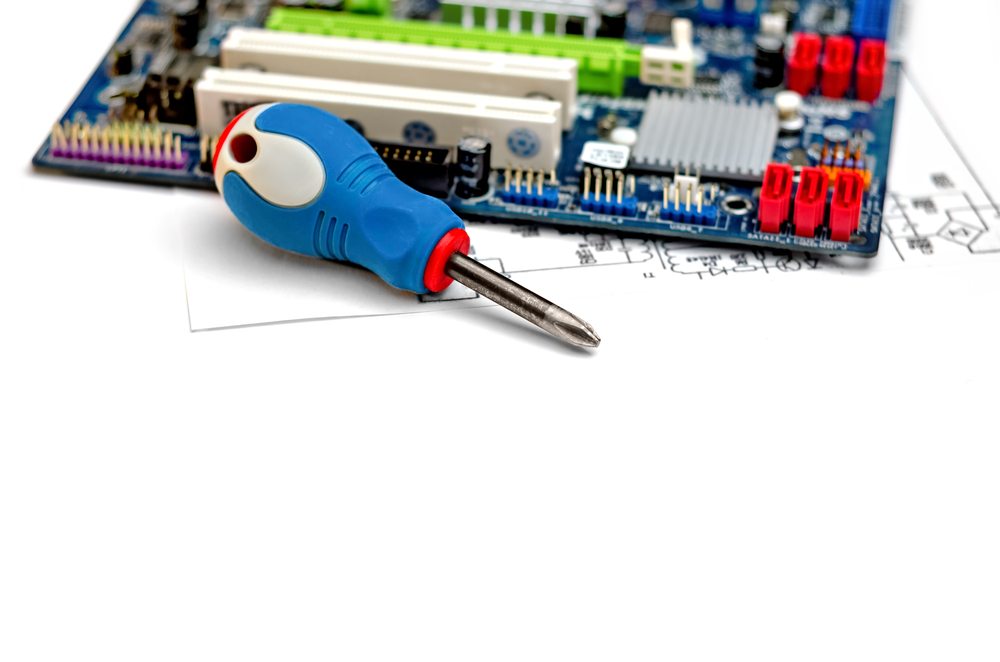 It’s been a little over a year since repair group iFixit and processor ERI teamed up to recover components from used electronics. And thus far, the effort has been successful in getting much-needed items out to the repair community.
It’s been a little over a year since repair group iFixit and processor ERI teamed up to recover components from used electronics. And thus far, the effort has been successful in getting much-needed items out to the repair community.
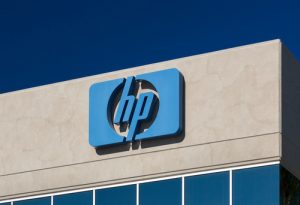 HP Inc. has joined two other electronics manufacturers in publicly identifying the recycling companies it contracts with to handle material.
HP Inc. has joined two other electronics manufacturers in publicly identifying the recycling companies it contracts with to handle material.
 Apple picks a fight with backers of device-repair legislation, and National Geographic digs into the recovery of rare earth metals.
Apple picks a fight with backers of device-repair legislation, and National Geographic digs into the recovery of rare earth metals.
